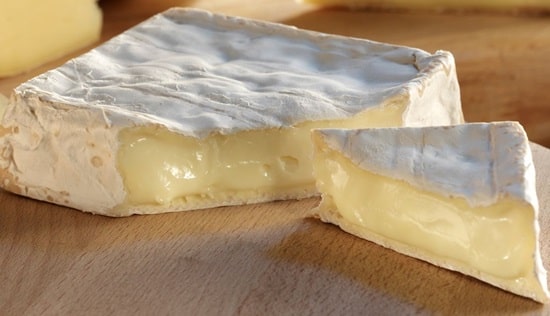Vacuum sealers are useful for extending the shelf life of food stored in the fridge, freezer, or pantry. However, certain things, like fresh onions, may grow extremely unpleasant when sealed.
Having a vacuum sealer is a godsend, especially for those who are always on the go. The food in your pantry, fridge, and freezer can last much longer with the help of these handy gadgets. To make better use of your refrigerator’s storage capacity, try vacuum sealing meals, snacks, and leftovers.
Although vacuum sealing is indeed a fantastic time and money saver, there are certain items that must never be vacuum sealed since the lack of air may hasten spoilage. In the absence of beneficial bacteria, pathogenic anaerobic bacteria may proliferate. Keep reading to find out what you should never put in a vacuum-sealed bag.
1. Soft cheese

While vacuum sealing hard cheeses to extend their shelf life is a pleasing and acceptable practice, doing the same with soft, watery, or crumbled cheeses is not a good idea.
Mold may easily grow on soft cheeses as blue, brie, goat, ricotta, and mozzarella if they are kept in an airtight container. Whether you’re unsure if a cheese is new, unpasteurized, liquid-stored, moist to the feel, or double- or triple-crème, try touching it. You shouldn’t vacuum seal your cheese if it has any of those characteristics.
2. Garlic and raw onions
When onions are chopped, they release a pungent odor and a cloud of gas. Like garlic, another member of the lily family, these alliums continue to release their sulfur-containing volatile organic compounds even when vacuum-sealed.
That gas may cause the bag to expand, which might lead to vacuum leakage. Onions and garlic that have been vacuum packed will deteriorate more quickly than if they had never been sealed.
3. Cruciferae & Brassicaceae
Raw vegetables from the Cruciferae & Brassicaceae families, which also include onions and garlic, should not be vacuum packed since they release gas when prepared.
Arugula, Brussels sprouts, cauliflower, bok choy, radishes, kale, broccoli, cabbages is all examples of these veggies.
They need to be blanched and cooled completely before you can vacuum seal them properly. Despite the fact that many vacuum sealers offer a “wet” option, it is essential that the veggies be dried thoroughly before being sealed.
4. Raw mushrooms
Surprising as it may seem, mushrooms deteriorate more rapidly when vacuum packed. Raw mushrooms have a ripening cycle similar to that of fruit; as a consequence, vacuum sealing causes them to ripen and spoil more quickly. Vacuum sealing cooked mushrooms, however, is completely safe to do.
5. Raw bananas
Like mushroom, raw bananas ripen quicker in an anaerobic atmosphere. One technique to avoid their quick disintegration is to refrigerate them first. Once frozen, one can securely vacuum seal banana in that frozen state.
6. Whole apples
It’s not a smart decision to vacuum seal all fruits, but apple especially needs to be diced first. To keep their color, rub them with lime juice & vacuum seal the pieces fast before they darken.
Most spoilage bacteria can’t exist without oxygen and water. Vacuum sealing foodstuff is widely believed to be an effective method of preventing the growth of bacteria and maintaining its safety. Some bacteria, however, are classified as anaerobic bacteria because they can survive in oxygen-depleted settings.
7. Cooked veggies
Vacuum-sealed bags or no vacuum-sealed bags, cooked veggies do not keep well. Too soon of a seal after cooking can prevent the steam from the vegetables from being preserved. It is possible to store cooked vegetables for one month or two if they are allowed to cool down fully before being packed.
If these vegetables have been stored in a sealed bag for more than a few weeks, you should discard them.

